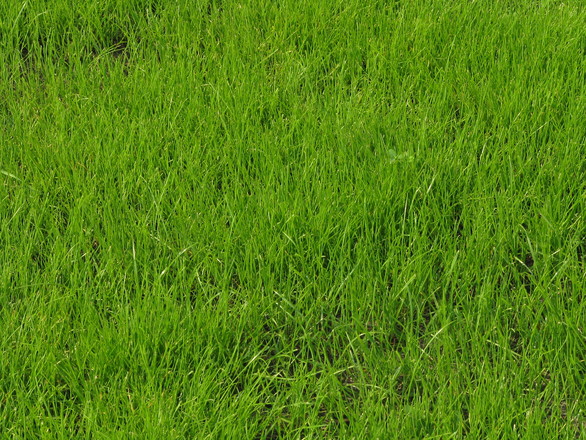The adult fish breeding methods of ponds are divided into three types: pond single breeding, pond polyculture and cage culture. The cage rearing cages have a rearing density of 10-30 tails per square meter, and the weight of most individuals reaches 0.4 kg after one year. Live fish, live shrimp, etc., which are less than 60% of the length of quail, can be used as bait. There are two feeding methods: one is to feed it every day, and it is often called feeding. The second is staged feeding, according to 5%-10% of the diet and the expected feeding time, the total amount of bait required for the calculation phase. One foot. Usually 30-40 days as a stage is more appropriate, fish can produce 5-10 kilograms per square meter. When ponds are single-raised and single-cultivated, the maximum pond area should not exceed 0.7 hectares. In general, 1-3 cm of species of fish is set at 15,000-2.3 thousand fish per hectare, or 12,000-15,000 fish of 6-7 centimeters. Each year, there are 1500--3450 kg of merchandise available per hectare. With this type of farming, the pond's intake and drainage system should be good, and pool water can be changed regularly. It is best to inject part of the fresh water every evening or early in the morning. The amount of dissolved oxygen is not less than 4 milligrams per liter. Before entering the pond, it is necessary to invest in bait fish first, which is preferably 2-3 times the weight of the carp, in order to maintain a certain bait density, increase the chance of flooding, and then press the weight of 5%-10% every 2 - Feed bait fish once every 3 days. At the end of the year, about 60% of individuals can reach the product specifications. In polyculture of polyculture in ponds, the specifications must be controlled so as not to harm the main cultured fish. Each animal has 3-4 cm of 600-750 tails or 13-16 cm of 150-300 tails per hectare. No additional feeding or special management is required. A net gain of 75-100 kg per hectare of pond can be obtained.
Zoysiagrasses are warm season grasses native to China, Japan and other parts of Southeast Asia. The species was named to commemorate an 18th century Austrian botanist, Karl von Zois. In 1911, Zoysia matrella was introduced into the United States from Manila by a U.S.D.A. botanist, C. V. Piper. Because of its origin the grass was commonly called Manila grass.
Piper described the grass as abundant on or near the seashore in the Philippine Islands. When closely clipped, it made a beautiful lawn according to Piper's notes. He suggested that the grass had unusual promise as a lawn grass along the Gulf Coast and Atlantic coast of Florida.
Zoysia japonica, sometimes called "Japanese lawn grass" or "Korean lawn grass", is a coarser textured, but more cold hardy species than Zoysia matrella. Zoysia japonica was introduced into the United States in 1895 from the Manchurian Province of China. In the United States, Zoysia japonica could be expected to do very well as far north as Maryland. It is a seeded variety of Zoysia.
The third species of Zoysia used for turf is called Korean velvet grass or Mascarene grass, Zoysia tenuifolia. It is a very fine textured species, but is the least cold tolerant of the three species. Zoysia tenuifolia is native to the Far East and was introduced in the U.S. from the Mascarene Islands. In the U.S. it is used in southern California as a low growing ground cover.

Zoysia Grass
Zoysia Grass,Zoysia Turf Grass,Zoysia Decorative Grass,Turf Grass Seeds
Ningxia Bornstein Import & Export Co., Ltd , http://www.bornstein-agriculture.com
